Our street signs are all made of different type of reflective sheeting with aluminum plates. But exactly what are the differences between these? Engineer Grade Reflective Sheeting generally meets ASTM D4956 Type 1 criteria and is an enclosed picture or lens with glass beads or prismatic optical technologies. This substance is specified to be used on road signs and non street such as wayfinding signs or parking signs. Standard colors are yellow, white, blue, red, green, and brown. Engineer grade reflective sheeting is used for decals and stickers because it is printable both with screen and digital printing methods.
Usage of heat from a heat gun or hair dryer will help in the elimination of EG reflective sheeting, but normally the vinyl will separate from the adhesive, and it becomes essential to use an adhesive remover to soften and remove the glue. EG reflective movies have a durability guarantee and are not regarded as a long-term usage substance. High-Intensity Prismatic Sheeting meets with ASTM demand standards of D4956-09 Type III and Type IV, in Addition to ASTM 4956-07 Form X. It can be a non metalized micro-prismatic lens reflective sheeting that’s used chiefly for reflective traffic and street signs, barricades or other street construction zone devices, and traffic delineators like cones or barrels.
HIP sheeting is the higher performance of retroreflectivity and its durable topcoat protects signals along with other traffic control devices against scrapes and abrasion. Not only is it extremely reflective during the night, additionally, it commands attention throughout the day as well. HIP Reflective Sheeting is utilized for more permanent traffic signs, work zone devices, and so on., and comes in white, yellow, red, orange, blue, green, and brown. The production process for HIP sheeting can also be thought of as more green as it generates 97% fewer VOC emissions than engineer tier reflective sheeting, and 72% less energy into manufacture.
Nevertheless, the reflectivity value stands alone as a much better reason to use HIP. HIP reflective sign materials will last longer compared to its EG reflective film counterpart. This material is regarded as mid to long range durability, and usually will last about a decade. Lastly, Diamond Grade Reflective Sheeting is a complete block prismatic reflective sheeting that yields almost 60% of the available light to vehicle drivers that can be about double what HIP reflective sheeting reflects. DG3 reflective sheeting meets the specifications of ASTM Form XI standard. It’s probably with impending legislation in this substance will be the United States, that this material will be needed to replace many existing signs.
Currently, all new important traffic control signs are required to utilize this sheeting. Similar to the other two mentioned above, hand roller or a mechanical squeeze roll laminator/applicator very hand roller or a mechanical squeeze roll laminator/applicator anodized or anodized aluminum coating or with a hand roller or a mechanical squeeze roll laminator\/applicator. This substance can be decorated either using screen printing or by using a transparent picture which in late model cars, as well as to help older drivers with greater luminescence, in addition to truck drivers whose lights have the ability to pick up signs which. DG3 films are designed to reflect the newer headlamp include white, yellow, orange, red, blue, green, and use DG3 better and at greater distances.
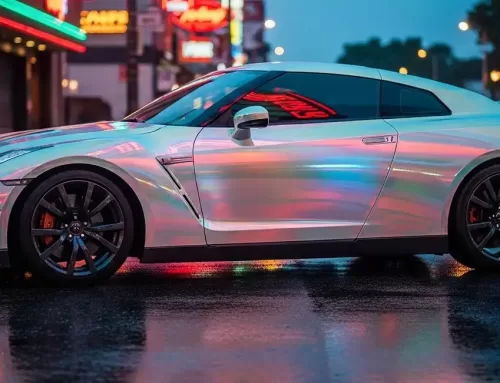
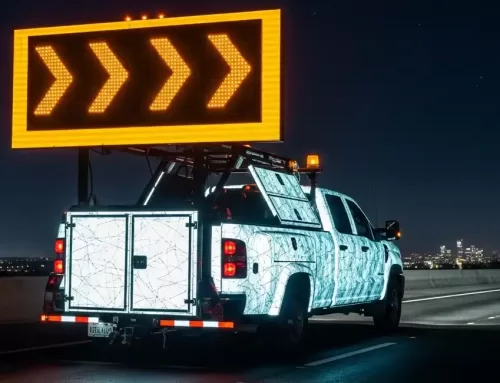
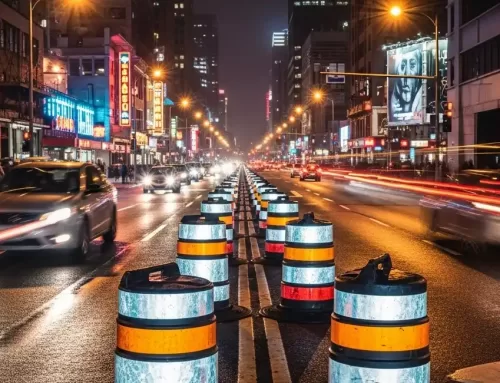
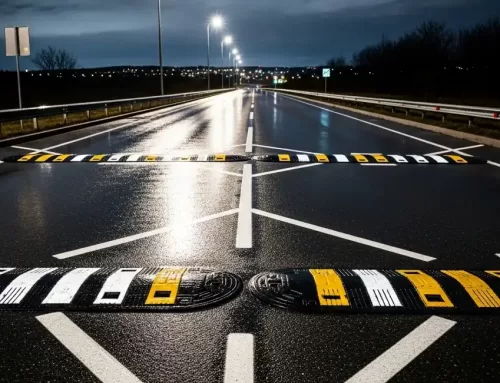
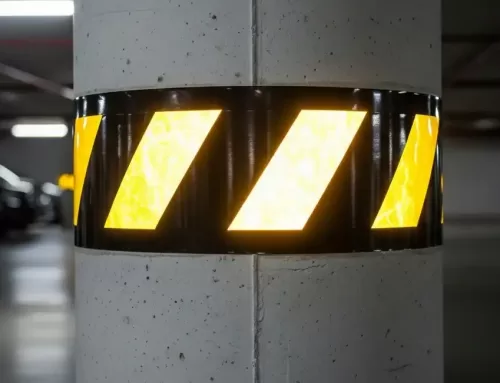

Leave A Comment